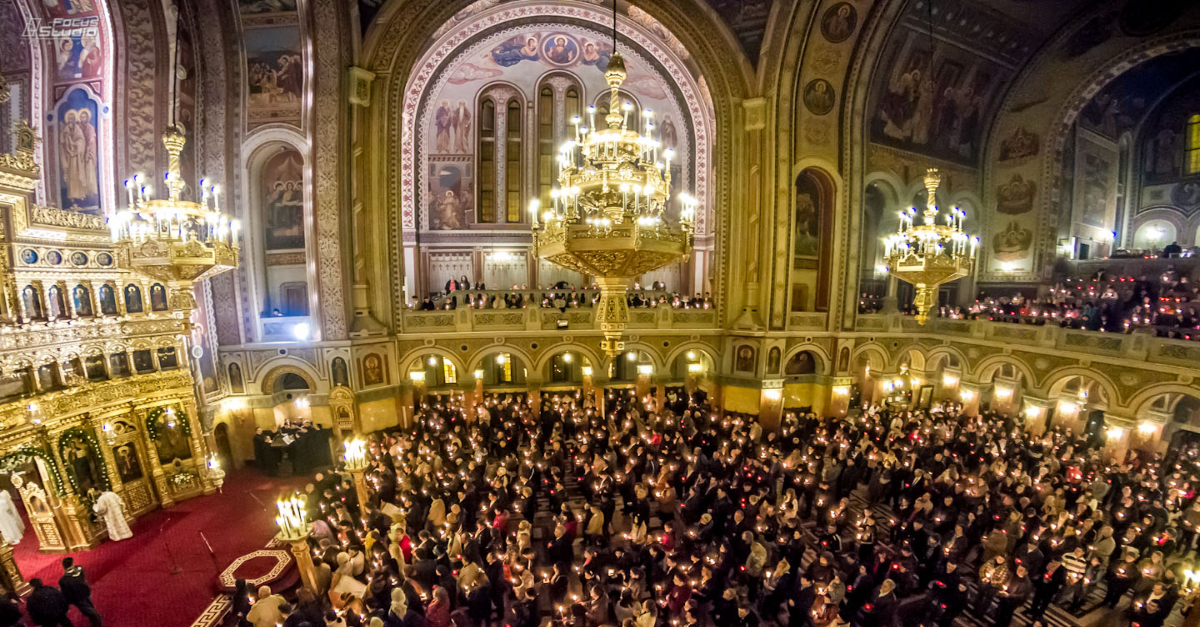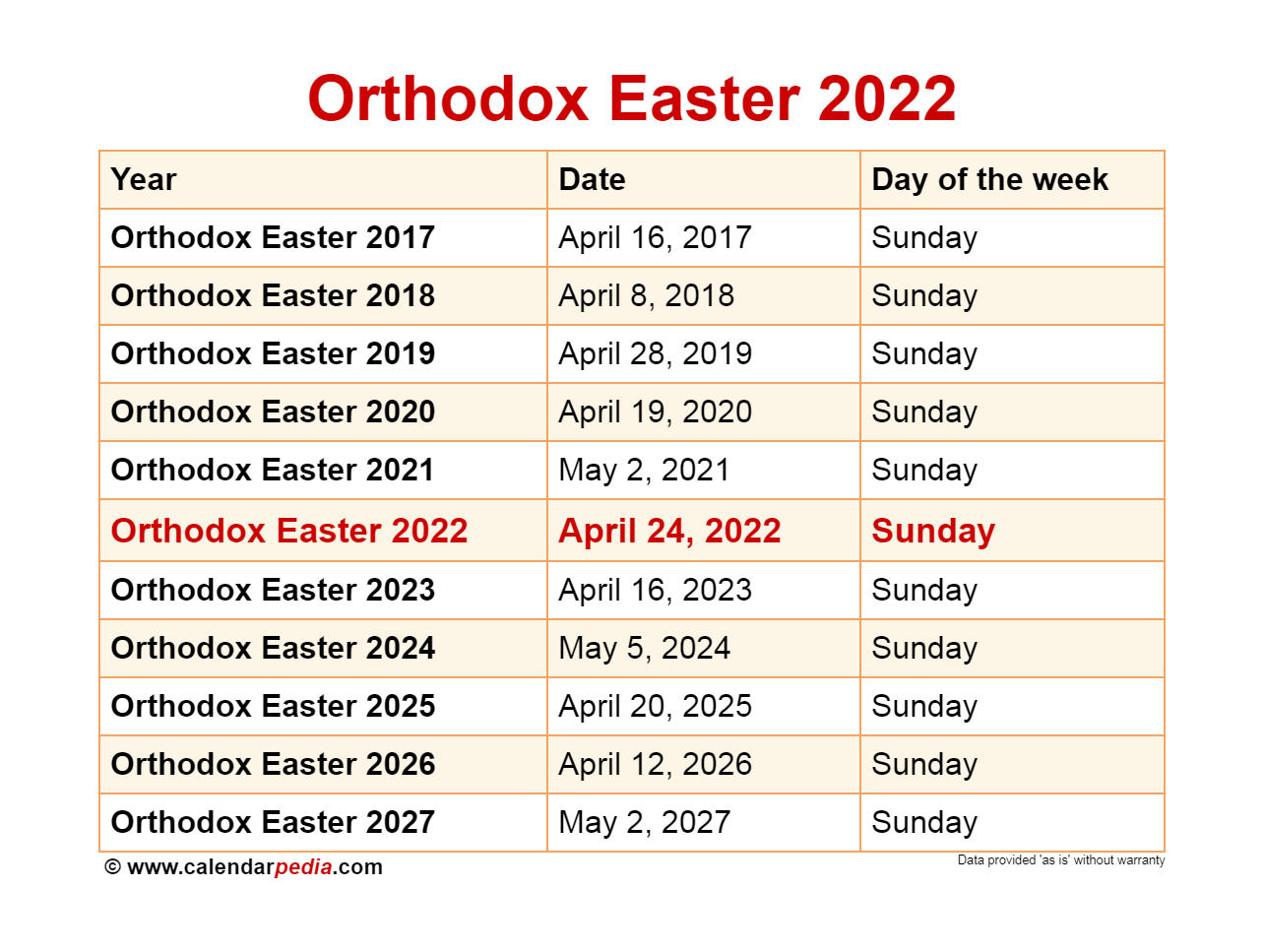
Following the Julian calendar, which differs from the Gregorian calendar used by most western countries and Christian denominations, results in a different date for Orthodox Easter. As a result, Orthodox Easter is generally celebrated later, around the time of the March equinox. You’ve probably eaten all of your chocolate eggs by now, but did you realize that Easter is just starting for other people?
Easter will fall on Sunday, April 24, 2022, for millions of people all around the world. Easter is observed later by Orthodox Christians in Europe, Africa, and the Middle East than by most Western Christians. It’s because they utilize a different calendar to determine when Easter should be celebrated.
What is Orthodox Easter?
Both Orthodox Easter and Easter Sunday are Christian festivals in which believers celebrate Jesus’ resurrection. It is the most important Christian festival.
The preparations in eastern Orthodox Christianity begin with Great Lent, a 40-day period of reflection and fasting that begins on Clean Monday and finishes on Lazarus Saturday.
During Lent, believers are washed of their sins on Clean Monday. Although the fasting continues throughout Holy Week, Lazarus Saturday is eight days before Easter Sunday and marks the end of Great Lent.
Palm Sunday, one week before Easter, celebrates Jesus Christ’s arrival in Jerusalem and is followed by Holy Week, which ends on Easter Sunday.

Origin of orthodox easter: The Council of Nicaea resolved in 325 AD that Easter would be celebrated on the first Sunday following the first full moon after the March equinox. While the Council of Nicaea established the date for Easter in most Christian churches around the world, not all Christian churches follow the Gregorian calendar. Easter is still observed in many Orthodox churches according to the Julian calendar.
Why are the dates different?
Easter is always a moveable feast day, no matter where you are in the world. It does not occur on the same day every year, unlike Christmas.
The Julian calendar is used by Orthodox churches in various nations, such as Greece, Cyprus, and Romania.
Julius Caesar devised the Julian Calendar in 45 BC, which based a year on the time it takes the Sun to orbit the Earth.

As astronomy became more accurate, Pope Gregory devised the Gregorian Calendar in 1582 to fix some of the faults of the Julian Calendar.
In 1752, the United Kingdom adopted the Gregorian calendar.
Easter must also take place after the Jewish celebration of Passover, as Jesus celebrates Passover before his death, according to the Eastern Orthodox Church. Passover ended on April 4th, 2021.
Famous Orthodox Easter Traditions
Going to church is an essential part of the celebrations, and major services begin on Good Friday.
Early on Easter Sunday, when celebrations begin, church bells ring, and rockets and crackers go off to honor Christ’s resurrection, the most important prayers are said.
Following Lent’s fasting, many traditions revolve around food.
Orthodox Christians in Greece traditionally consume roasted lamb on a spit and Tsoureki, a sweet Easter bread.
:max_bytes(150000):strip_icc()/classic-roast-leg-of-lamb-recipe-101495-hero-01-47b3b440930a458caacf18adcfbcf90a.jpg)
Before the major feasting begins on Sunday, they also break their fast with a traditional soup called Magiritsa, which is made of lamb, rice, and dill.
Smoked meats and cheeses, boiled eggs, and red wine are traditional appetizers for Serbian Orthodox families. Chicken noodles or lamb and vegetable soup are served with spit-roasted lamb for Easter dinner.
Orthodox Christians in Russia break their fast by eating a traditional Paskha Easter cake.
Eggs are a sign of Easter and new life in the Eastern Church, just as they are in the Western Church. Eggs are painted crimson at Easter to signify Jesus’ bloodshed on the cross for the redemption of all people.